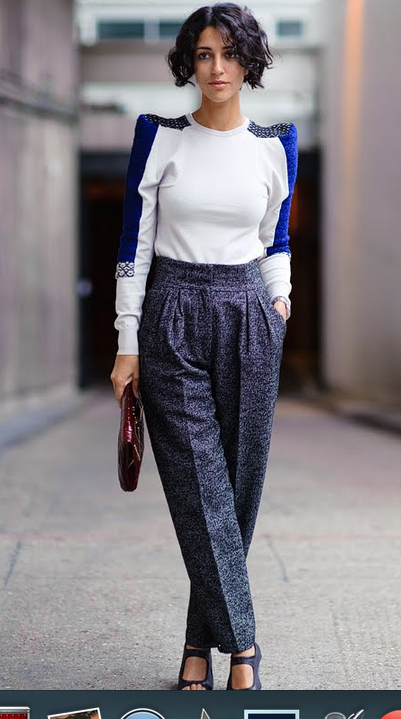PUBLIC FIGURES
QUENTIN BRYCE
In 2008 Quentin Bryce became Australia's 25th Governor General and the first woman to hold the position. So busy is her professional calendar that when averaged out, Bryce has attended more than one official engagement for every day she's been in office. With plenty of occasions to refine her personal style, she's made dressing to impress part of the job description, changing perceptions of the role of Governor General and becoming a much-watched fashionable figure.
Her perpetual diary may be choc-a-block with social events but when the guestlists feature nothing but royalty, foreign dignitaries, politicians and highly-respected public figures, dressing appropriately is of paramount importance. Bryce is not aiming to shock or make a statement, she simply tries to look the best she can at every opportunity. It's little wonder that there are tribute pages on Tumblr, Pintrest and Zimio dedicated to her personal style.
Signature Style Features: 3/4 or bracelet length sleeves, knee length skirts, definition at the waist e.g. a belt, jacket peplum; not afraid to have fun with colour.
Designers of Choice: Pia Du Pradal
The Look: Ladylike chic - 1950s fashion principles restyled for the successful woman.
See more photos of Bryce's style at quentinbryce.tumblr.com
YASMIN SEWELL
Moving from Sydney to London in 1996, the twenty year old Yasmin Sewell embarked on what would become an impressive fashion career. Starting her own boutique in London's trendy Soho, she went on to hold buying positions at some of the fashion capital's most influential stores including Browns and Liberty. Now a freelance Fashion Consultant she has also become one of the most photographed street style stars.
Signature Style Features: Masculine tailoring, strong shoulders, juxta poses pieces of tailoring with more casual sweatshirts and jeans; favours neutral tones - black, grey and beige.
Designers of Choice: Stella McCartney, Marc Jacobs, Acne, Preen Nicholas Kirkwood
The Look: 'Everyday's a Saturday' - weekend style dressed up with a feeling of French nonchalance.
See more examples of Sewell's style at wikifashion.com
CATE BLANCHETT
Born in Melbourne in 1969, Cate Blanchett's successful acting career has seen her command leading roles in many Hollywood blockbusters of which the Lord of the Rings series, the Aviator and the Curious Case of Benjamin Button are just a few examples. Earning herself international accolades including 3 Screen Actors Guild Awards, 3 Golden Globes, 2 Baftas and an Oscar plus many more nominations on top, she has become a familiar face and a relentlessly successful fashionable figure on red carpets around the world.
What sets her apart from many of her contemporaries, is that she loves to take a risk on the red carpet. Compared to Nicole Kidman for example, a fellow Australian actress with whom she shares a slight physical resemblance in terms of their colouring, poise and stature, Blanchett's looks are always fashion forward. Kidman favours goddess-like gowns and yes, she always looks elegant but it's Blanchett that the fashion press are waiting to see.
From the superhero/fetish-like Armani Prive gown she wore to the AACTA Awards in 2013 to her sugary yet sculptural Balenciaga creation at the the New York premier of Blue Jasmine to the gothic lace gown she wore to this month's Golden Globes, we wait with eager anticipation to see what and who she'll be wearing next.
Signature Style Features: the element of surprise, uses her statuesque physique to carry strong shapes.
Designers of Choice: Armani, Balenciaga, Valentino, Givenchy
The Look: Fashion Forward Hollywood Goddess.
See more of Blanchett's red carpet style at eonline.com












